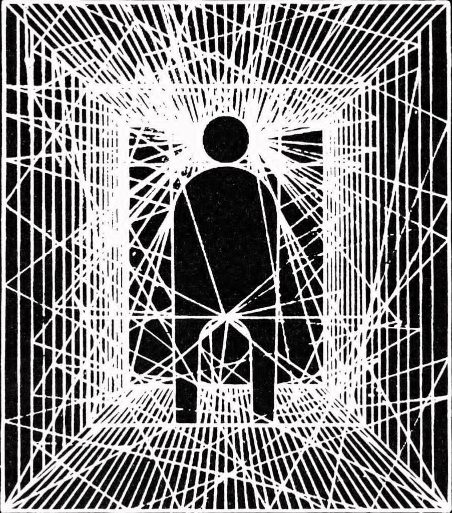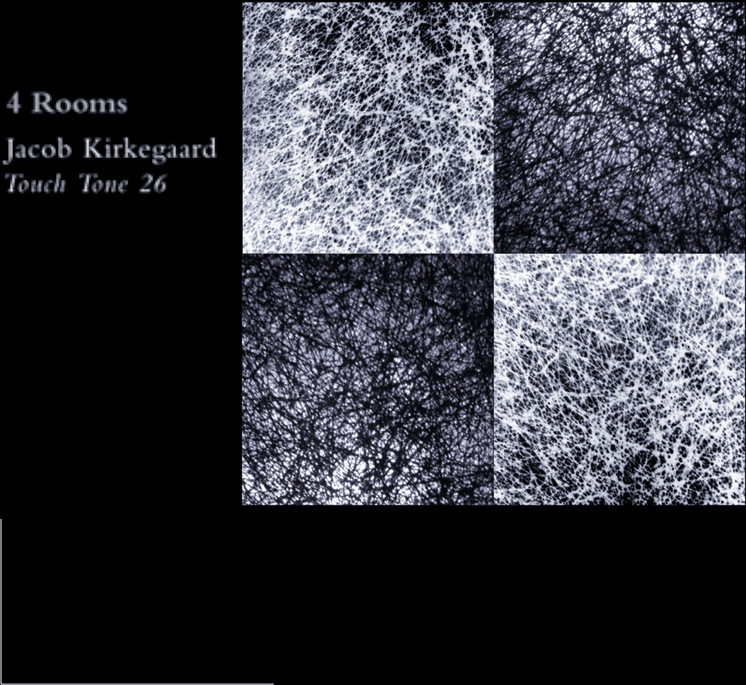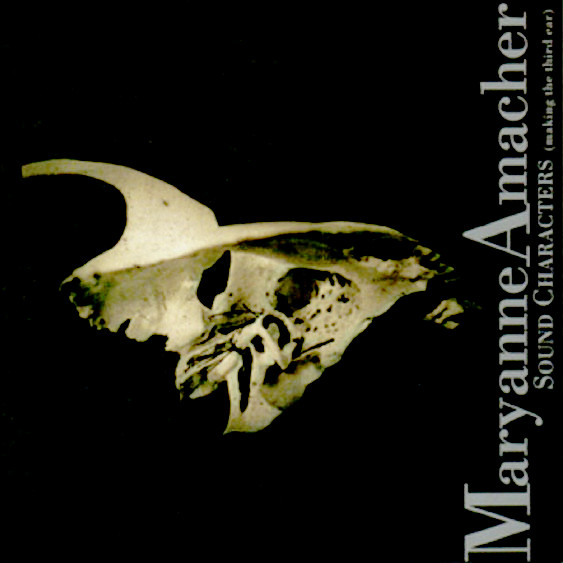architectural acoustics

perceptual geographyof space sound installation aural architecture acousmatic music, electroacoustic music composed for loudspeakers. > the spectral and dynamic transformation of a sound creates a subtle, but perceptible three-dimensional shape, literally, in space. a symphony is perceived differently in every performance space, and perceived differently by every member of the audience. You have a big audience that comes to hear a performance and they all should be hearing the same thing, but in fact no one hears the exact same thing. Each person is different and does not hear things the same way. architectural acoustics at the scale of individual listeners transitions into the phenomena of psychoacoustics.
[…] when you listen to music do you ever stop to realize that you are being subjected to a physical phenomeon? Not until the air between the listener's ear and the instrument has been disturbed does music occur. Do you realize that every time a printed score is brought to life it has to be re-created through the different sound-machines, called musical instruments, that make up our orchestras, are subject to the same laws of physics as any other machine? In order to anticipate the result, a composer must understand the mechanics of the instruments and must know just as much as possible about acoustics.Edgar Varese — Music as Art-Science (1939)
related forms
organ
musical spatiality
Erik Satie
furniture/furnishing music) (wikipedia.org) (ubu.com)
Pauline Oliveros
James Tenney
architectural design
Paul Sabine
https://en.wikipedia.org/wiki/Paul_Earls_Sabinecomposition
fluxus
Richard Maxfieldinteriors
At one point, probably in late ’59 or early ’60, the Berkeley architecture department invited me to organize a concert in their courtyard during the noon hour. They gave me complete freedom to take over the space, to put speakers on the roofs, to make sounds on the glass windows, and to use the space of the courtyard in any way I wished. Terry [Riley] and I had already been working together closely, so of course I invited him to work on the concert with me. For the first time, I also invited Walter [De Maria] to participate. From the speakers on the rooftops, I played sounds such as Cans on Windows and Drumstick on Gong from my composition 2 Sounds, 1960, and the chamber-opera version of my composition Poem for Chairs, Tables, Benches, etc., 1960. Terry and I also made otherworldly sounds on the windows, using drumsticks to squeak on the glass, screeching and wailing. These were all sustained friction sounds.
Sound Production, from Poem's text scoreEtc. in the title means anything that can be dragged across a floor.
The chairs, etc. are to be pushed and dragged around on the floor, fast or slow, loud or soft, taking up much or little space, upside down or on the sides or right side up. Chairs without metal, etc. on the bottoms of their legs as a rule produce more different kinds of sounds.
Any sort of floor surface may be used and the sounds may come from any part of the room which holds the audience or outside of it. The sound may also move in and out of the room and travel a long distance away (up and down halls, etc.)
Most of the touch necessary to produce the sounds is to be left up to the performers or the director, except to say that once the sound is begun the performers should not try to introduce new starts and stops before the sound is finished (although naturally the unevenness of floor surfaces, etc. will cause a certain amount of unspecified stopping and starting within the determined duration of the event. Percussive effects should not be used.
References
- Walter De Maria, La Monte Young. Artforum, November 2013. (artforum.com)
Lucier and Iteration

This work is a sonic presentation of four deserted rooms inside the 'Zone of Alienation' in Chernobyl, Ukraine, recorded in October 2005. Jacob Kirkegaard deliberately picked rooms that were once active meeting points for people […] listening to the silence of the four radiating spaces he aims to unlock a fragment of the time existing inside the zone. …In each room he made a recording of 10 minutes and then played the recording back into the room, recording it again. This process was repeated up to ten times. As the layers got denser, each room slowly began to unfold a drone with various overtones.
Maryanne Amacher

[My audiences] discover they are producing a tonal dimension of the music which interacts melodically, rhythmically, and spatially with the tones in the room. Tones 'dance' in the immediate space of their body, around them like a sonic wrap, cascade inside ears, and out to space in front of their eyes.
In a departure from frontally staged concert and theater productions, an entire building or series of rooms provides a stage for the sonic and visual sets of my installations. In Music for Sound Joined-Rooms, and Mini-Sound Series I use the architectural features of a building to customize sound, visual, and spatial elements, creating multi-dimensional environment-oriented experiences, anticipating virtual immersion environments. As the audience moves through new scenes being created by theSound Charactersthey navigate the expanded dimensions of a sonic world that is staged throughout the architectural site, an entire building, or its rooms. The idea is to create an atmosphere that gives the drama of being inside a cinematic close-up, a form ofsonic theaterin which architecture magnifies the sensorial presence of experience. Rooms, walls, and corridors that sing. I produce these works in location-based installations/performances that are built fromstructure bornesound (sound propagated through walls, floors, rooms, corridors), which acousticians distinguish from theairbornesound distributed by loudspeakers only. Creating the detailed sound design is very much like scripting a sonic choreography. In some episodes sound sweeps through the rooms; in others, chords and tonalities are intricately joined between the rooms; in still others, a particular sound shape is emphasized to animate sonic imaging of a distant room. The rooms themselves become speakers producing sound which is felt throughout the body as well as heard.
The house, on a hill in St. Paul with its panoramic view of Minneapolis, was lit by tall quartz spots, as if a movie set. The time: midnight. [In the] music room, where two grand pianos had been, was now anemergent music laboratory[...] the entire house was full of a spectacular sound — incredible loud and unbelievably dense — sound, circulating throughout the rooms, out the doors and windows, down the hill, past sedate Victorian mansions. It seems to contain the energy of all frequency ranges at once, yet never approached white noise. [Listeners] felt themselves pushed, as if by acoustic pressure, out into the garden, where the entire house was heard, sounding, as a gigantic instrument.
References
- Maryanne Amacher, Monoskop. (monoskop.org)
- Artist statement. (are.na)
- Maryanne Amacher Foundaton. (blankforms.org)